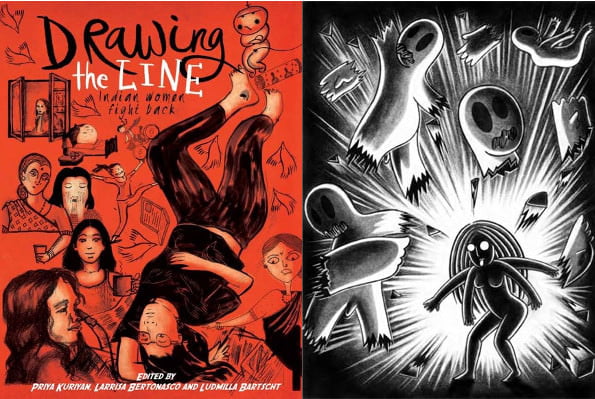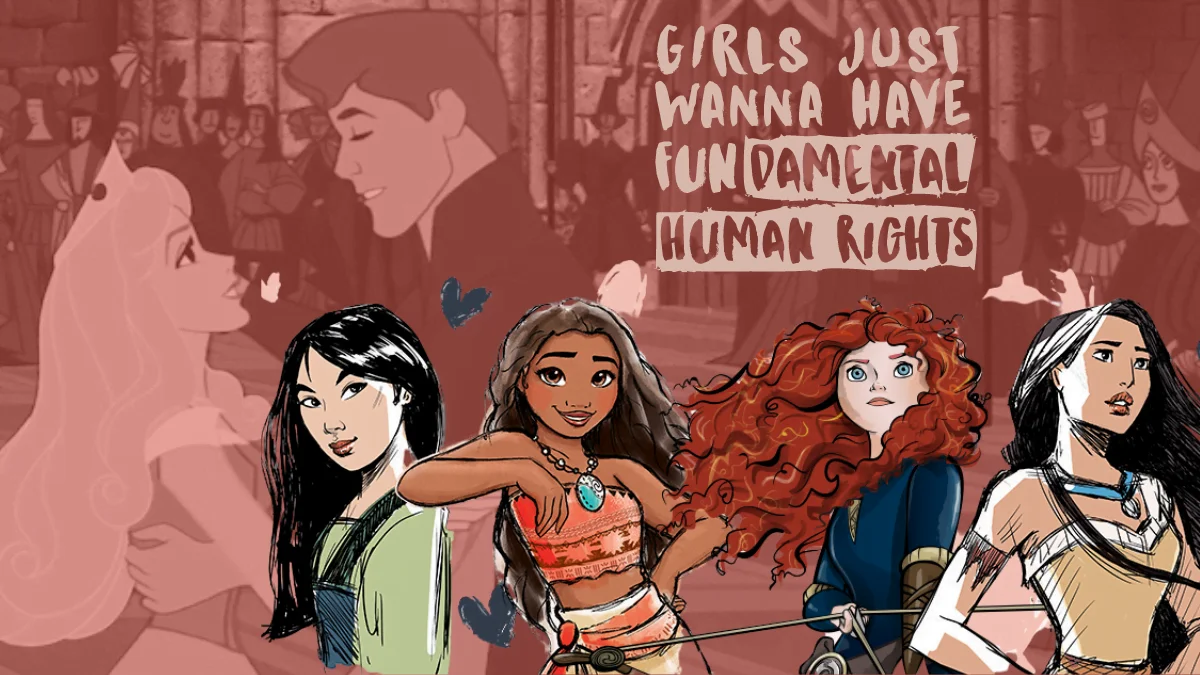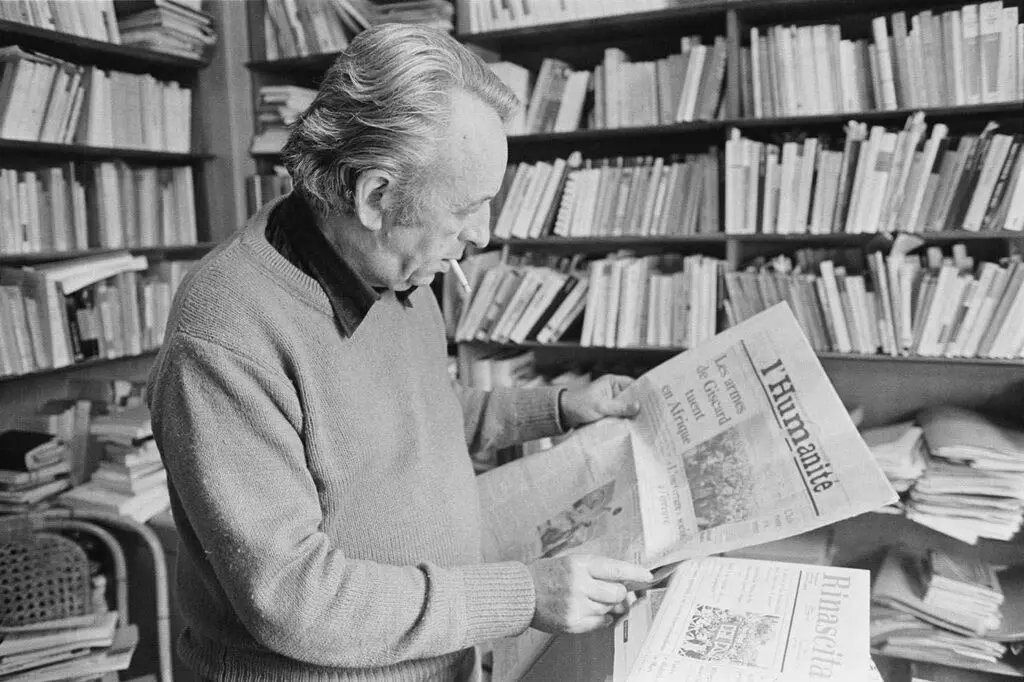Fourteen young Indian women come together and respond to the activism and debates on the ground; they negotiate anger, fear, hope, resistance. They cross the line!
Book: Drawing The Line: Indian Women Fight Back
Editors: Priya Kuriyan, Larissa Bertonasco and Ludmilla Bartscht
Publisher: Zubaan Books
Genre: Comics
The graphic novel begins with a lovely introduction by Nisha Susan, editor of the popular feminist zine The Ladies Finger. “This is a wonderful time to be a feminist with greedy eyes”, says Nisha. Yes, it indeed is. Post 2012 the feminist discourse in India took a new turn, the uproar that the horrible cold night in 2012 started has never quite died down and it never will. We see it more in the media, both represented and misrepresented, we see it in schools and colleges, in the news, as well as in art, books and cinema. More people, both men and women, identify and call themselves feminists and come out onto the streets.
In the backdrop of this, Zubaan Books in partnership with Goethe Institut/Max Mueller Bhawan New Delhi organised a week-long workshop with fourteen young graphic artists and three mentors. The result was a wonderful collection of personal stories on what it takes to be a woman in India. Various experiences and feelings like fear, anger, love, hope, resistance, desire are beautifully portrayed in this black and white anthology.
My favorite of the lot is Soumya Menon’s An Ideal Girl, an excerpt of which is available here. This short story resonates with the ‘Adarsh Balak’ charts we used to buy as children, breaks the monotony of an Ideal Boy and shows its hypocrisy. An ideal girl is everything what the ideal boy is and much more, but still gets marginalized; however, not in this story. In this story, the ideal girl puts her foot down, stops being the ideal girl and becomes the girl she wants to be!
Harini Kannan’s That’s Not Fair is a story that almost every Indian girl can associate with. Each of us have been told repeatedly how our brown skin is not beautiful and how we need to be fair to be lovely. The media, advertisement and film industry further strengthens the idiocy. As a child, being born brown in a more or less fair Punjabi family, I’d internalised it so much that I used to call myself the Ugly Duckling. However, in Kannan’s story, the unborn girl has had enough of this fair and lovely drama and decides to come out early to teach this society a goddamn lesson!
Diti Mistry’s Mumbai Local resonated with me the most at this particular point of time. I have recently shifted from Delhi to Bombay (so tired of the Delhi vs Bombay debate!) and her experiences of the local made me smile. I too had a nightmarish image of the Mumbai local in my head, but was pleasantly surprised at the warmth and of course shopping opportunities in the train. Now I wonder if I’d ever be able to buy earrings while travelling from Rajiv Chowk to Dwarka in the Delhi metro.
The Photo by Reshu Singh is another one that any young woman between the age of 24-30 can identify with. Even in our urban, middle and upper middle class, somewhat progressive world, we young women are always confronted with the ever-green, everyone’s favourite question: “So, when are you getting married?”. Parental pressure, nosy relatives and excited friends only add fuel to the fire. In Singh’s story, everyone except the protagonist Bena, wants her to get married. Her mother reminded me of mine, she understands Bena and her wish not to get married just for the sake of it, but is still bonded to Indian ‘sanskar‘ and the ‘right age of marriage’, a concept which makes no sense at least to me.
Another story that I’d like to throw light on is Basic Space? by Kaveri Gopalakrishnan, from which the title of the book has been taken. I again identify with the story a lot and I’m sure other Indian women do too. Of how we change our posture whilst walking on the road, or the ‘don’t mess with me’ look that we carry, or the extra scarf we carry in our bags while travelling in public transport to cover our shoulders and neckline, because of course it leads to rape. It is marvellous that there are so many things Indian women (including me) do on a daily basis to keep themselves safe and not to get raped. We draw a line around ourselves. Will we ever be able to walk freely? Will we ever be able to erase that line?
Two other stories that I’d strongly recommend and that portray extremely important but not well-talked about issues are The Poet, Sharmila by Ita Mehrotra and Asha, Now by Hemavathy Guha. While in the former, the author walks us through her memory lane when she visited Irom Sharmila in Manipur and describes her struggle and silent determination to end army violence in her beloved state, the latter talks about child sexual abuse and how even now we marginalize those who have experienced it. How important it is for the survivors to receive support and understanding as well as rehabilitation.
All in all, the anthology is a wonderful collection in your mini-library and a treat for art-lovers. If feminism, art and stories are your things, go for it! You can view/purchase the book here.
About the author(s)
Japleen smashes the patriarchy for a living! She is the founder-CEO of Feminism in India, an award-winning digital, bilingual, intersectional feminist media platform. She is also an Acumen Fellow, a TEDx speaker and a UN World Summit Young Innovator. Japleen likes to garden, travel, swim and cycle.




